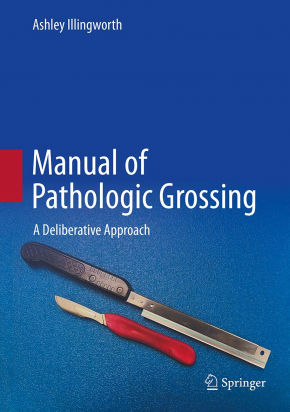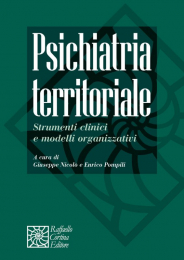Non ci sono recensioni
This textbook is a step-by-step, at the bench, real-world approach to grossing a wide variety of surgical cases. Each figure is produced directly from the bench during the grossing process with the associated dictation. These specimens contain the imperfections of real-life cases with ample illustrations drawn by renown medical illustrationist Kyle Cunningham. This book is not a bullet-point list of what to do but rather a step-by-step, illustrated approach to grossing each specimen. This manual can be utilized at the bench with any specimen at any time. Key features include step-by-step photographic documentation of optimal methods for handling gross specimens commonly seen in the pathology laboratory, medical illustrations that highlight key anatomic features, and tips and tricks to produce optimal diagnostic sections for pathologic diagnosis. Each chapter also includes multiple choice questions to help apply the knowledge and skills learned in the readings.
This text is not just a reference manual. It is a deliberative teaching manual meant to be taken into the lab and used at the bench providing consultative support. The text is specifically focused on pathology residents learning grossing skills when no one is around to answer questions.
Currently, there are four main surgical grossing texts on the market. Those texts contain drawings and characterizations of the perfect organ and a list of sections needed for each specimen. These books do not focus on the methodology for taking the most appropriate sections with a focus on handling imperfect specimens. Manual of Pathologic Grossing is the only text that includes photographs of each step in the grossing process. The photos are accompanied by a step-by-step text of demonstrating how and why each section was taken.
-
Front Matter
Pages i-xi
-
Pregrossing
- Ashley Illingworth
Pages 1-18
-
Grossing of Bone and Soft Tissue Specimens
- Ashley Illingworth
Pages 19-51
-
Grossing of Breast Specimens
- Ashley Illingworth
Pages 53-75
-
Grossing of Cardiac and Thoracic Specimens
- Ashley Illingworth
Pages 77-101
-
Grossing of Gastrointestinal Specimens
- Ashley Illingworth
Pages 103-147
-
Grossing of Genitourinary Specimens
- Ashley Illingworth
Pages 149-205
-
Gross Examination Only Specimens
- Ashley Illingworth
Pages 207-216
-
Grossing of Gynecologic and Perinatal Specimens
- Ashley Illingworth
Pages 217-257
-
Grossing of Ear, Nose, and Throat Specimens
- Ashley M. Illingworth
Pages 259-329
-
Grossing of Hepatobiliary Specimens
- Ashley Illingworth
Pages 331-357
-
Grossing of Neuro and Ocular Specimens
- Ashley Illingworth
Pages 359-369
-
Grossing of Skin Specimens
- Ashley Illingworth
Pages 371-416
-
Back Matter
Pages 417-423




